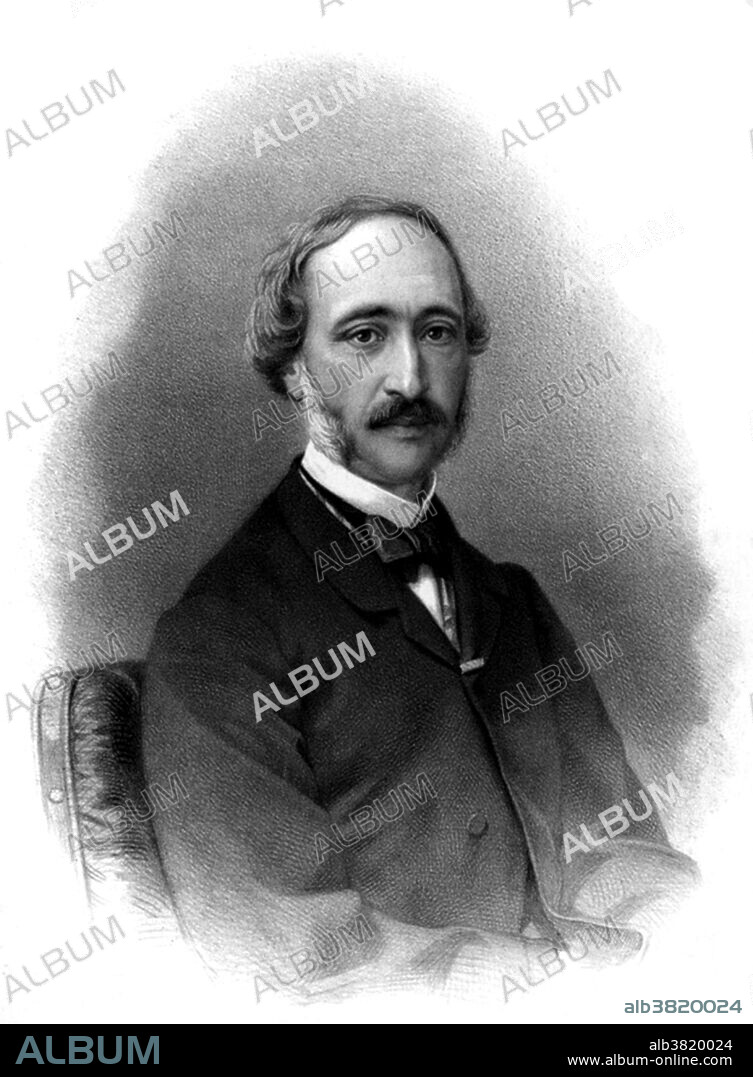alb3820024
A. E. Becquerel, French Physicist

|
Add to another lightbox |
|
Add to another lightbox |



Title:
A. E. Becquerel, French Physicist
Caption:
Alexandre-Edmond Becquerel (March 24, 1820 - May 11, 1891) was a French physicist who studied the solar spectrum, magnetism, electricity, and optics. He was associated with his father in much of his work, but he himself paid special attention to the study of light, investigating the photochemical effects and spectroscopic characters of solar radiation and the electric light, and the phenomena of phosphorescence, particularly as displayed by the sulfides and by compounds of uranium. He devised his phosphoroscope, an apparatus which enabled the interval between exposure to the source of light and observation of the resulting effects to be varied at will and accurately measured. He is credited with the discovery of the photovoltaic effect, the operating principle of the solar cell, in 1839. He was an early experimenter in photography. In 1840, he discovered that the silver halides, natively insensitive to red and yellow light, became sensitive to that part of the spectrum in proportion to their exposure to blue, violet and ultraviolet light, allowing Daguerreotypes and other photographic materials to be developed by bathing in strong red or yellow light rather than by chemical treatment. He was the son of Antoine César Becquerel and the father of Henri Becquerel. He died in 1891 at the age of 71.
Personalities:
Credit:
Album / Science Source / Smithsonian Institution Libraries
Releases:
Model: No - Property: No
Rights questions?
Rights questions?
Image size:
3300 x 4485 px | 42.3 MB
Print size:
27.9 x 38.0 cm | 11.0 x 14.9 in (300 dpi)
Keywords:
19TH CENTURY • ALEXANDRE EDMOND BECQUEREL • ALEXANDRE-EDMOND BECQUEREL • ART • ARTWORK • BECQUEREL • BW • CELEBRITY • DRAWING • EDMOND BECQUEREL • EUROPEA • EUROPEAN • FAMOUS • FIGURE • FRENCH • HISTORIC • HISTORICAL • HISTORY • ILLUSTRATION • ILLUSTRATIONS • IMPORTANT • LITHOGRAPH • MALE • MAN • MEN • NOTABLE • PEOPLE • PERSON • PERSONALITIES • PERSONALITY • PHOSPHOROSCOPE • PHOTOVOLTAIC EFFECT • PHYSICIST • PORTRAIT • POTRAIT • SCIENCE • SOLAR SPECTRUM • STUDY OF LIGHT • WELL-KNOWN
 Pinterest
Pinterest Twitter
Twitter Facebook
Facebook Copy link
Copy link Email
Email

